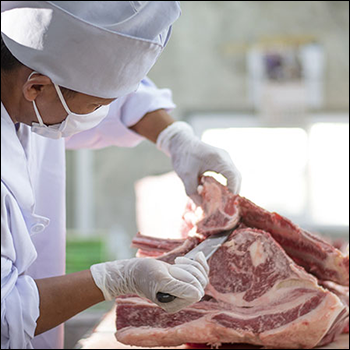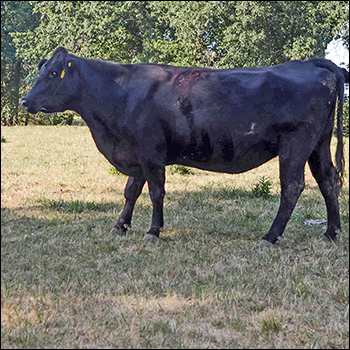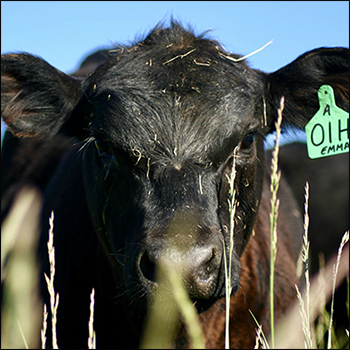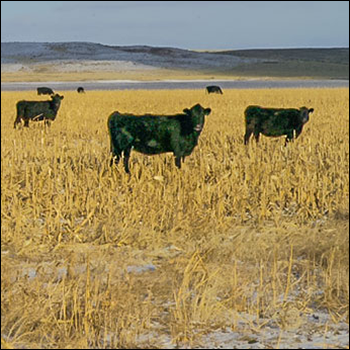
International Trade Regulations Affect Our Beef Industry
A behind-the-scenes look at exporting U.S. beef.
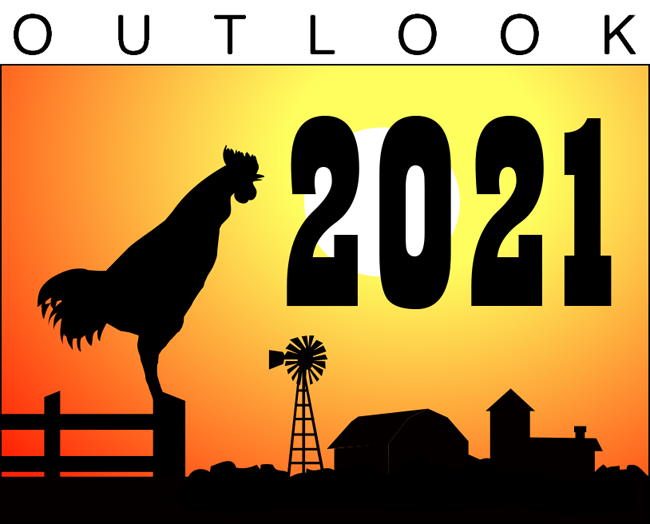
The United States imports and exports beef, and there are many regulations affecting these sales. Cheyenne McEndaffer, director of export services/access for the U.S. Meat Export Federation (USMEF), says the USDA Food Safety and Inspection Service (FSIS) Export Library is considered the bible of export requirements.
“It is a full compendium and publicly available,” she says. The Export Library lists the regulations for most countries to which the United States exports. U.S. exporters check this library to determine if they can ship a certain type of product or if the United States has access to a particular market.
“Labeling requirements, facility requirements or live-animal requirements are all listed,” she explains. “The FSIS inspector (the person doing the export certification and who has to sign off on every load being exported) checks it, to make sure the product complies.”
Countries like Canada or the European Union (EU) have huge lists of regulations. Others, like Syria, have minimal requirements. Information can be listed in the library several ways.
“Our government might have a formal access discussion or an export certificate creation discussion with that foreign government. It could be initiated by the U.S. or the other country. It could also happen through a free-trade agreement (FTA) discussion,” McEndaffer says.
When USMEF finds new countries of export interest, they approach the USDA to inquire about the country’s requirements. Such was the case last spring for the Faroe Islands.
“They reached out to our embassy in Denmark, who reached out to the government in the Faroe Islands,” McEndaffer explains. “They confirmed that they wanted EU requirements to be followed for any beef shipped there. Then USDA created a new listing for the Faroe Islands.”
Harmonization efforts
The United States has always worked toward harmonization of trade regulations. The goal is to ship from any federally inspected establishment in the United States using the 9060-5 form, which is just the basic export certificate. Avoiding additional country-specific attestations to sign off on streamlines the export process.
An example would be countries with bovine spongiform encephalopathy (BSE) restrictions, such as a requirement that beef come from cattle less than 30 months of age. Additions like this add costs and complications to the process.The goal would be to remove all additional requirements.
Things required on the live-production side include being free of growth promotants and the traceability components of the EU program, or the feeding component of the program for Saudi Arabia. Anything that has to be certified on the live side adds complications and makes that product more expensive, says McEndaffer.
Each country has the right to stipulate certain requirements for meat coming into that country, to protect its own population. We will never get rid of all the differing requirements, because we also have our own.
“Many of our export verification programs were put in to regain access after we lost access due to our 2003 BSE case,” says McEndaffer. “Now that we have the lowest-risk classification for BSE under the World Animal Health Organization, it is easier for our government to go back and negotiate with these countries to try to remove some of these requirements. It’s a step-building process, and we try to slowly chip away at these things. This is one function of USMEF; we export to 80-plus markets around the world, and USDA looks to us and other trade associations to prioritize what they need to focus on,” she explains.
According to McEndaffer, USDA seeks input from USMEF on issues such as if Chinese bilingual labeling is important. In regard to harmonization, she says her team made a big effort with the U.S. government to align export requirements between Canada and the United States. The two countries have similar food-safety systems. Through the years some unnecessary differences occurred, so she worked with the North American Meat Institute in Washington, D.C., and went through the Canadian Export Library line item by line item to see what could be harmonized.
“We didn’t get all the requirements removed that we’d hoped, but in the end — between consolidation of some requirements and removal of old ones and alignment of others — that Export Library page went from 28 to about 13 pages. This made it easier for any exporter or plant that is looking into the Canadian market. It’s not as overwhelming for them now to look through this information. That was one recent example of some of our harmonization efforts,” explains McEndaffer.
Editor’s note: Heather Smith Thomas is a cattlewoman and freelance writer from Salmon, Idaho.

